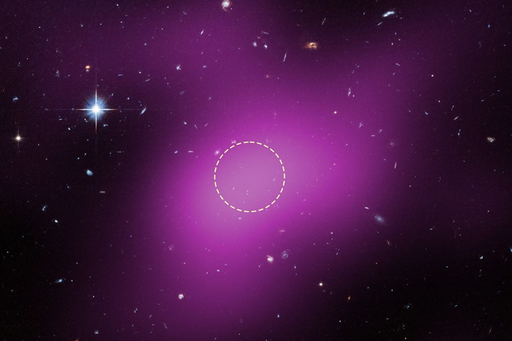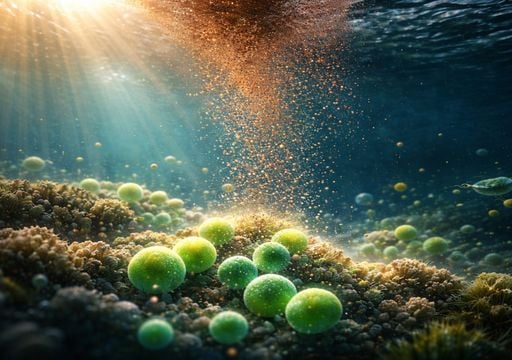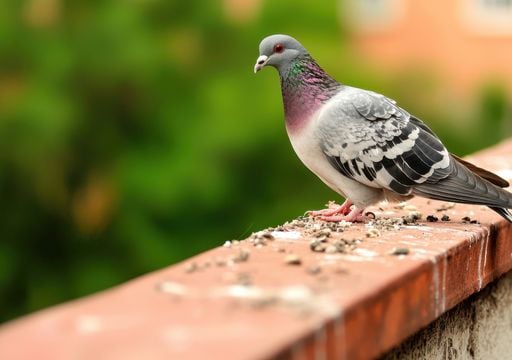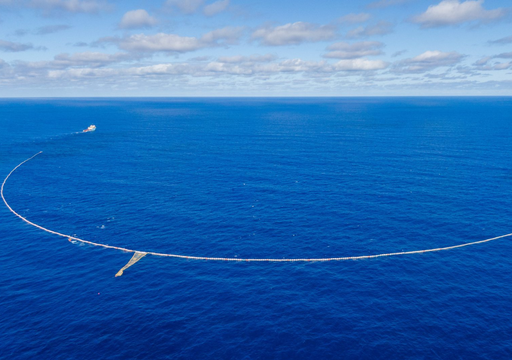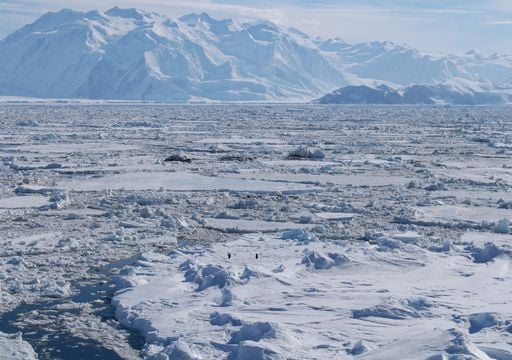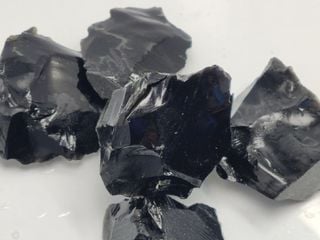Could the "Planting" of Marine Clouds Delay Earth's Warming?
Scientists are redoubling efforts to investigate the potential risks and benefits of artificially shading the Earth's surface to slow global warming. Find out more here!
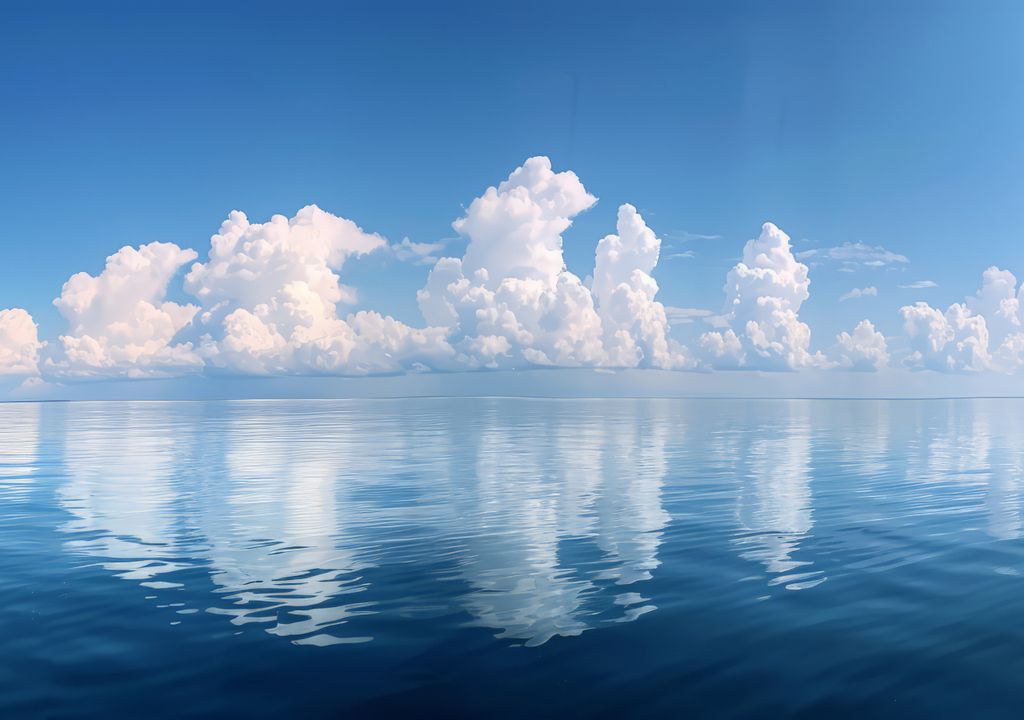
As levels of greenhouse gases in the atmosphere continue to rise and the impacts of climate change become more costly, the scientific community is redoubling efforts to investigate the potential risks and benefits of artificially shading the Earth's surface to slow down global warming.
Marine Cloud Brightening (MCB) is one of two main methods of modifying solar radiation that are being proposed to offset the worst effects of global warming as decarbonisation advances. MCB proposals involve injecting salt spray into shallow sea clouds to illuminate them, increasing their reflection of sunlight (albedo) and reducing the amount of heat absorbed by the water below.
A group of 31 atmospheric scientists has now presented a consensus physical science research roadmap to build the knowledge base needed to assess the feasibility of MCB approaches. Their roadmap is described in a new article published in the journal Science Advances.
Current MCB proposals are based on saltwater spraying, which would mimic plumes of sulphur-rich emissions from ship smokestacks or volcanoes, to increase aerosol concentrations in the lower marine atmosphere.
Ideally, droplets from salt water spray evaporate to produce fine particles that are transported to the cloud layer by turbulent and convective air movements. If MCB techniques can consistently influence clouds to reflect more sunlight into space than similar clouds with a lower droplet concentration, then they have the potential to be an effective solar radiation modification technique, at least on a local scale, they say. the scientists.
This, in turn, could produce some cooling on a local scale. The study proposes a substantial and targeted MCB research program that includes laboratory studies, field experiments and cloud modelling. As a result, new laboratory facilities are needed to fill gaps in understanding the microphysical processes of aerosols and clouds, as few existing laboratories are capable of dealing with these processes.
What is needed to implement this MCB method?
Long-term field experiments using a point source in an oceanic location where conditions are favourable are needed, along with new observations and new models to test saline particle spray technology. Researchers can take advantage of existing analogues for cloud planting experiments, such as natural volcanic emissions, biomass burning, exhaust plumes from individual ships or designated shipping lanes, urban point sources, and urban plumes.
In practical terms, researchers need to develop sufficient confidence that appropriately sized particles can be generated and delivered to clouds and, once there, clearly act to form cloud droplets that effectively scatter sunlight. They would have to demonstrate that clouds can be illuminated consistently and over a large enough area to significantly cool the ocean - and that attempting to manipulate the clouds would not cause them to thin out or droplets to precipitate, which could allow a increased warming.
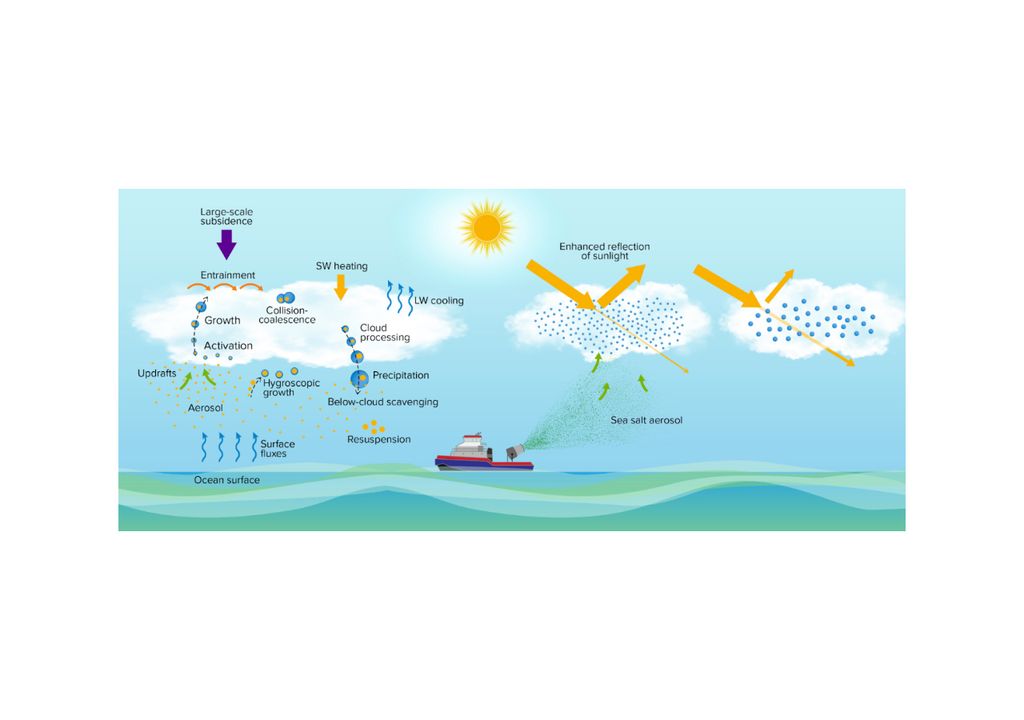
Scientists would still have to show that cloud brightness would be measurable to demonstrate that it would work as intended at globally relevant scales or in sensitive regional ecosystems such as coral reefs.
Clouds are not all created equally – some are more susceptible to aerosol injections than others. A cloud that is already bright, with a high concentration of droplets, is much more difficult to illuminate than a thin cloud with a low concentration of droplets.
How a cloud responds to attempted manipulation depends subtly on the climate and background aerosol conditions. To complicate matters, the ideal particle size and quantity likely depends on the properties of clouds, which can change as they float in the air.
Graham Feingold, lead author of the study, says that for this method to have a better chance of working, they would have to place particles of the right size in receptive clouds, at the right times of day and in the right seasons, and in areas large enough to shade large areas. of the ocean.
Feingold warned that the MCB method would not replace decarbonisation methods and would not alleviate ocean acidification, having said: “To reduce global temperatures, our highest priority should be to remove carbon dioxide from the atmosphere. This method can help alleviate the worst impacts of climate change.”
Reference of the news:
Feingold G., Ghate V., Russell L., et al. Physical science research needed to evaluate the viability and risks of marine cloud brightening. Science Advances (2024).
